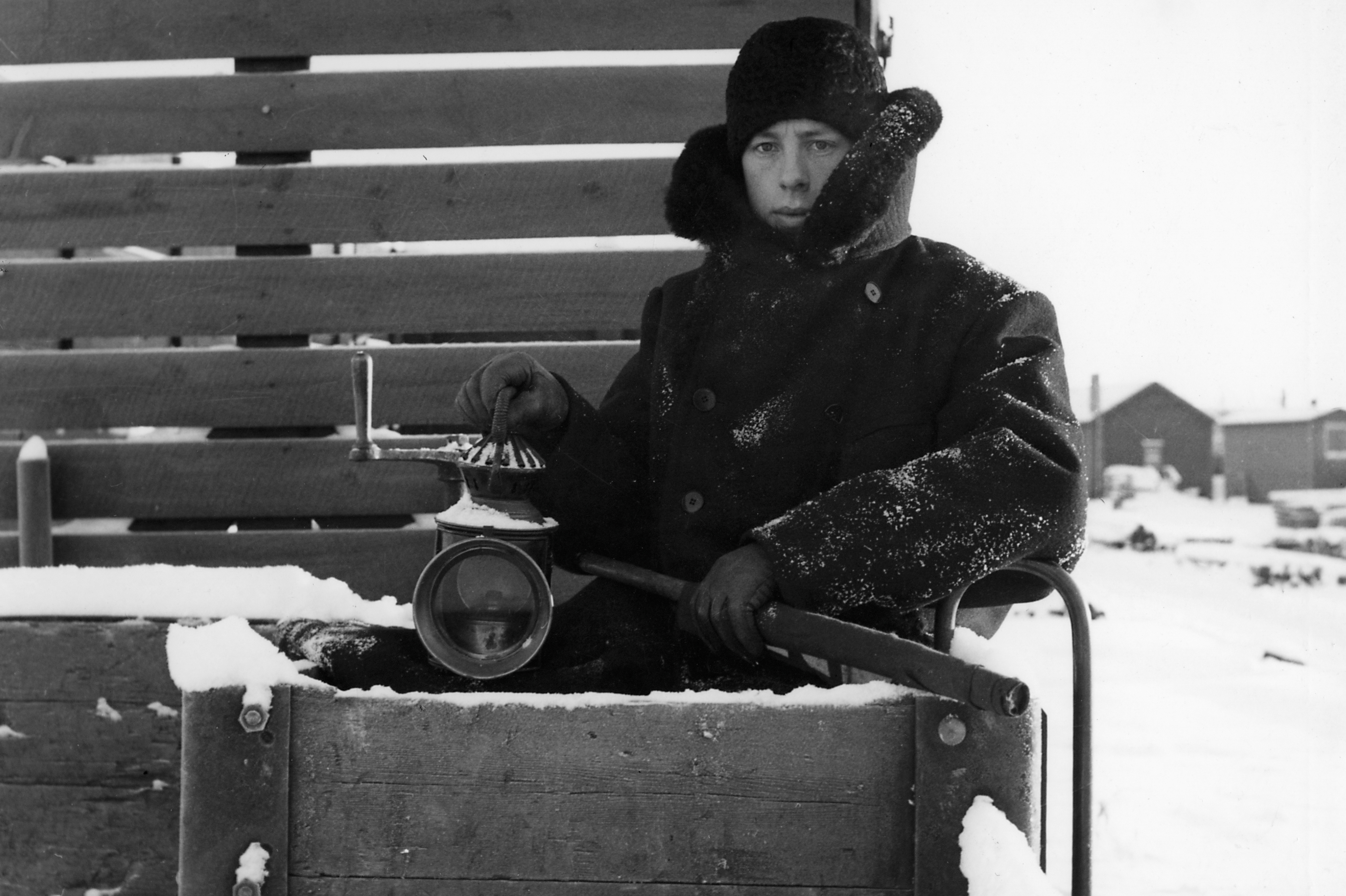Brakesman
In the early days, locomotives and wagons/carriages were braked by means of screw brakes. The brakes in the wagons/carriages were operated by the brakeman, who would tighten or loosen the brake at the command of the train driver.
The brakeman worked from the brakeman’s seat, the brakeman’s booth or the brakeman’s cab. The brakeman’s seat was basically just a seat for the brakeman. The brakeman’s box was like a brakeman’s seat, but with a roof and walls. It looked almost like a nesting box for birds on the exterior of the wagon/carriage. The last development in relation to screw brakes for wagons/carriages was the brakeman’s cab. There, the screw brake was integrated into a compartment in the wagon/carriage itself.
Being a brakeman was a monotonous and gruelling job. Many brakemen developed health problems. What it could be like to work as a brakeman is described in this quote, taken from the memories recorded by Karl Bergman:
“Being a brakeman meant that you had to learn to deal with the cold and that you quite often spent the entire day soaking wet, without any chance to change clothes or shoes. In the winter, you often had to sit outside in open brakeman’s sheds, protected by wooden walls up to your waist. In this little box, you were at the mercy of the wind in the biting cold. The snow swirled around you and the rain pelted your face in the driving rain of the autumn storms. There was no way to stay warm in this little box, barely one square metre in size. Even through the railway provided a thick sheepskin coat, straw shoes and a raincoat, this was of little help when the temperature dropped to or below freezing.”

Arranged image of brakesman, 1946.